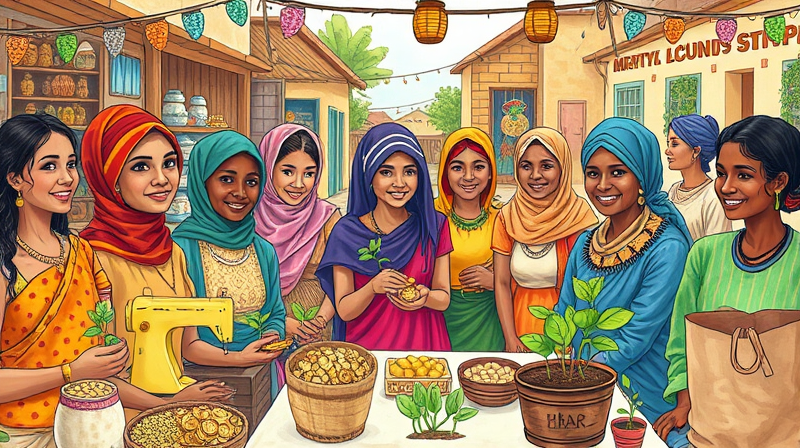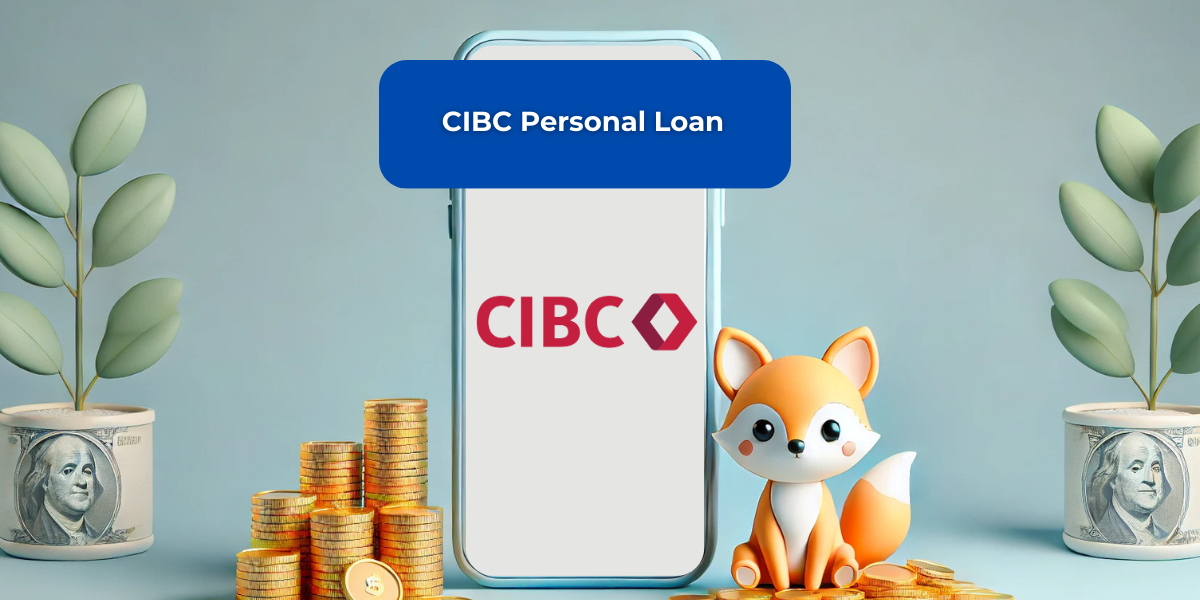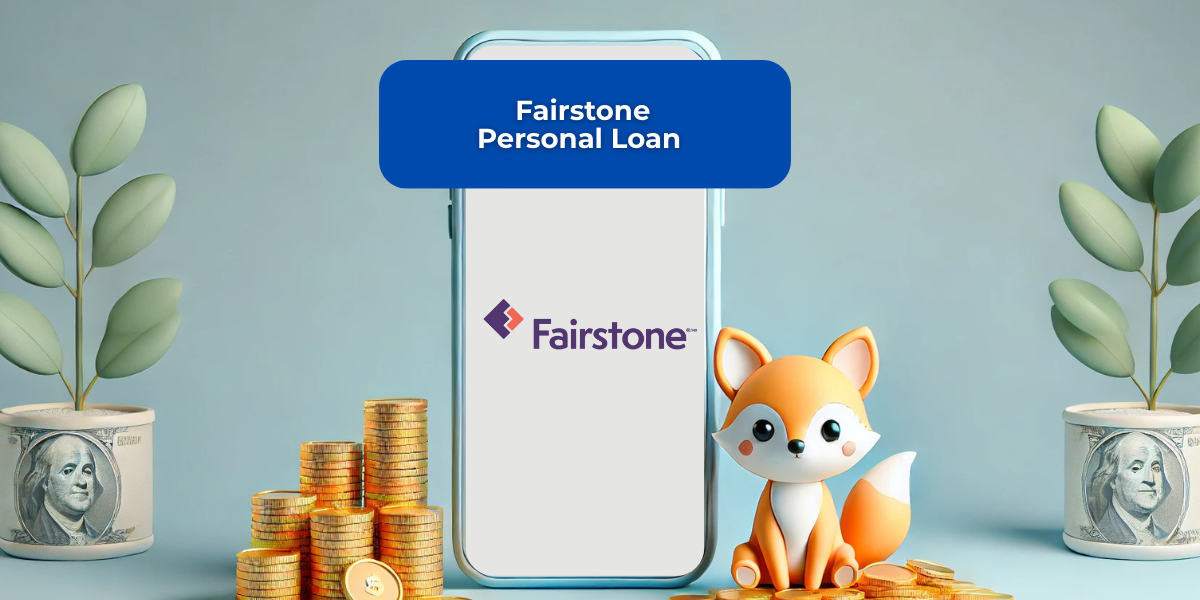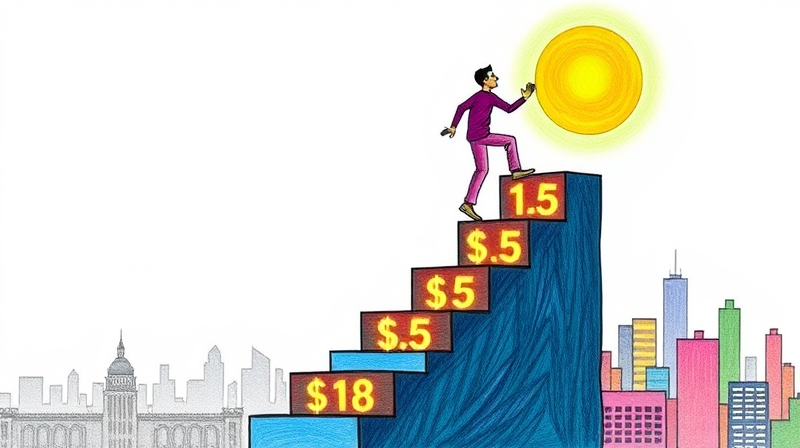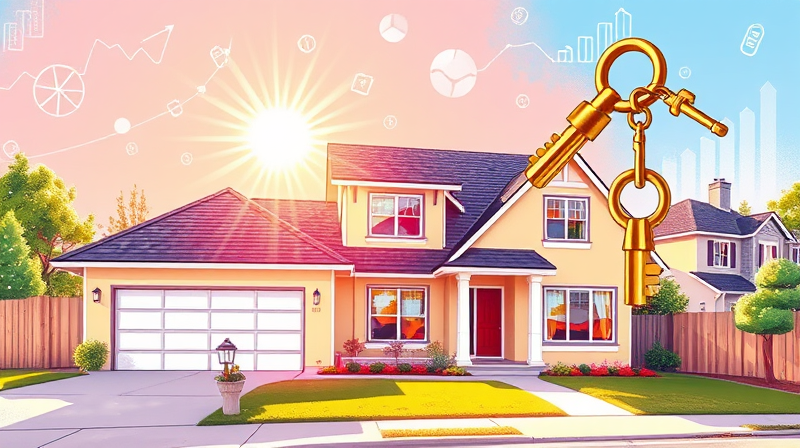Across the globe, millions of aspiring entrepreneurs stand at the doorstep of possibility, often held back by the lack of even the smallest financial lifeline. Microloans bridge that gap, empowering individuals to transform ideas into thriving enterprises and communities into engines of prosperity.
History and Evolution
The roots of modern microfinance trace back to the 1970s in Bangladesh, when Nobel laureate Muhammad Yunus pioneered the concept of lending to the poorest members of society without collateral. His Grameen Bank model demonstrated that, with collateral-free, community-driven loans, repayment rates could soar above 95%. This revolutionary idea challenged conventional banking wisdom and sparked a global movement.
In the decades since, microfinance institutions (MFIs) have proliferated. From Latin America to sub-Saharan Africa, and from South Asia to inner-city neighborhoods in the United States, organizations like Kiva, the US Small Business Administration (SBA), and thousands of local credit unions have adapted group lending, digital crowdfunding, and tailored training programs to local contexts.
Lending Models and Mechanisms
Central to microfinance success are innovative lending structures that reduce risk and build social capital. Key models include:
- Group Lending: Small cohorts of borrowers share responsibility, ensuring collective accountability when one member struggles.
- Individual Microloans: Tailored loans for solo entrepreneurs, often backed by flexible repayment schedules.
- Digital Crowdfunding: Platforms like Kiva connect lenders worldwide, offering global financial inclusion through peer-to-peer support.
Target Populations and Challenges
Microloans primarily reach individuals and groups excluded from traditional financing—women in rural villages, informal street vendors, refugees, and artists. In Bangladesh, 97% of Grameen applicants are women, who reinvest earnings into household health, education, and nutrition. In the US, over 4,500 SBA microloans totaling $74.6 million were disbursed in FY2021, targeting minority and women-owned startups in underserved neighborhoods.
Despite the proven impact, barriers remain. Borrowers often face high interest rates relative to local income levels, limited access to training, and volatile economic conditions. Ongoing financial literacy education is crucial to prevent over-indebtedness and ensure lasting benefits.
Typical Loan Terms and Repayment Structures
Microloan sizes vary considerably. Globally, the average loan is around $500, while SBA microloans in the US average $16,557, capped at $50,000. Terms normally range from six months to two years, with interest rates spanning 5% to 30%, depending on region and risk assessment.
To encourage disciplined repayment, many programs integrate savings components and group guarantees. Borrowers often make weekly or monthly installments, fostering a habit of regular savings and ensuring the sustainability of the lending pool.
Economic and Social Impacts
Extensive research reveals that microloans deliver transformative outcomes:
- High Repayment Rates: Grameen’s 98% and Kiva’s 96.4% repayment rates underscore the reliability of small-scale lenders.
- Job Creation: In 2023, microfinance institutions across 13 countries generated 1.4 million new jobs.
- Enhanced Household Wealth: 77% of borrowers report increased savings, while 75% build emergency reserves.
Beyond economics, microloans promote gender equity, community cohesion, and educational advancement. Borrowers often invest in children’s schooling and improve home sanitation, generating a ripple effect of well-being.
Real-Life Success Stories
John, a former day laborer, used a $300 microloan to purchase baking equipment. Within a year, his neighborhood bakery employed five workers, offering fresh bread to 200 families daily. He reinvests 30% of profits into equipment upgrades, demonstrating how small funding sparks growth.
In Kenya, Miriam accessed a group loan of $250 to expand her tailoring collective. The venture now serves local schools’ uniform needs, provides stable income for ten seamstresses, and funds a community health fund.
Barriers and the Access Gap
Despite successes, around 80% of the global population still lacks access to credit. Challenges include:
- High administrative costs for lenders serving remote areas.
- Regulatory hurdles and insufficient policy support in many countries.
- Low financial literacy among target populations, risking mismanagement.
Addressing these barriers demands collaboration among governments, NGOs, and private sector partners to streamline regulations, subsidize training, and leverage technology.
Technology and Innovation in Microfinance
Digital platforms and mobile money have revolutionized microfinance delivery. In India and East Africa, mobile wallets allow borrowers to receive funds and make repayments via smartphones—eliminating travel costs and reducing default risk. Blockchain pilots are exploring transparent peer-to-peer lending with secure, immutable records, potentially cutting out intermediaries and lowering interest rates.
Ongoing Debates and Future Directions
Critical discussions continue around the long-term efficacy of microloans. Some argue that microcredit alone cannot lift communities from extreme poverty without complementary services like healthcare, education, and infrastructure. Others question whether high interest rates, necessary to cover operating costs, undermine the poorest borrowers.
Future strategies may emphasize integrated microfinance—linking loans with vocational training, mentorship, and market access. Impact investors are now evaluating social return metrics alongside financial performance, ensuring that growth is measured in lives improved, not just dollars repaid.
Conclusion: The Road Ahead
Microloans remain a powerful catalyst for change. From remote villages to urban neighborhoods, small funds are igniting big transformations—fostering financial inclusion, gender equality, and community resilience. As technology advances and collaborative models evolve, the promise of microfinance extends further, offering hope and opportunity to the world’s most underserved populations.
By championing sustainable lending practices, enriching financial literacy, and innovating delivery methods, we can ensure that every aspiring entrepreneur has the chance to turn a modest loan into a lasting legacy of growth and empowerment.
References
- https://www.investopedia.com/terms/m/microfinance.asp
- https://www.sba.gov/funding-programs/loans/microloans
- https://socialjusticeresourcecenter.org/facts-and-figures/microfinance-facts-figures/
- https://fitsmallbusiness.com/microfinance-statistics/
- https://fastercapital.com/content/Microloan-Success-Stories--How-Entrepreneurs-Thrived-with-Small-Investments.html
- https://www.sba.gov/business-guide/plan-your-business/fund-your-business
- https://www.kiva.org/microfinance

